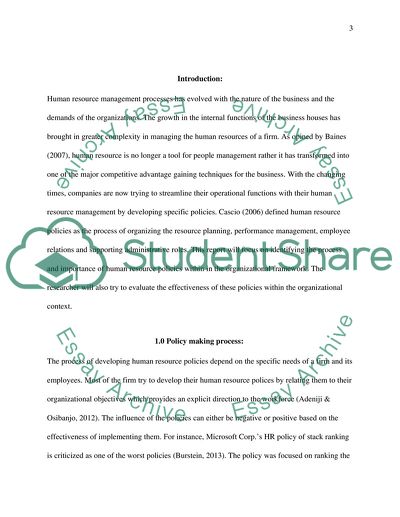Cite this document
(“Final Reflective Assignment Example | Topics and Well Written Essays - 2500 words”, n.d.)
Retrieved from https://studentshare.org/human-resources/1657649-final-reflective-assignment
Retrieved from https://studentshare.org/human-resources/1657649-final-reflective-assignment
(Final Reflective Assignment Example | Topics and Well Written Essays - 2500 Words)
https://studentshare.org/human-resources/1657649-final-reflective-assignment.
https://studentshare.org/human-resources/1657649-final-reflective-assignment.
“Final Reflective Assignment Example | Topics and Well Written Essays - 2500 Words”, n.d. https://studentshare.org/human-resources/1657649-final-reflective-assignment.


